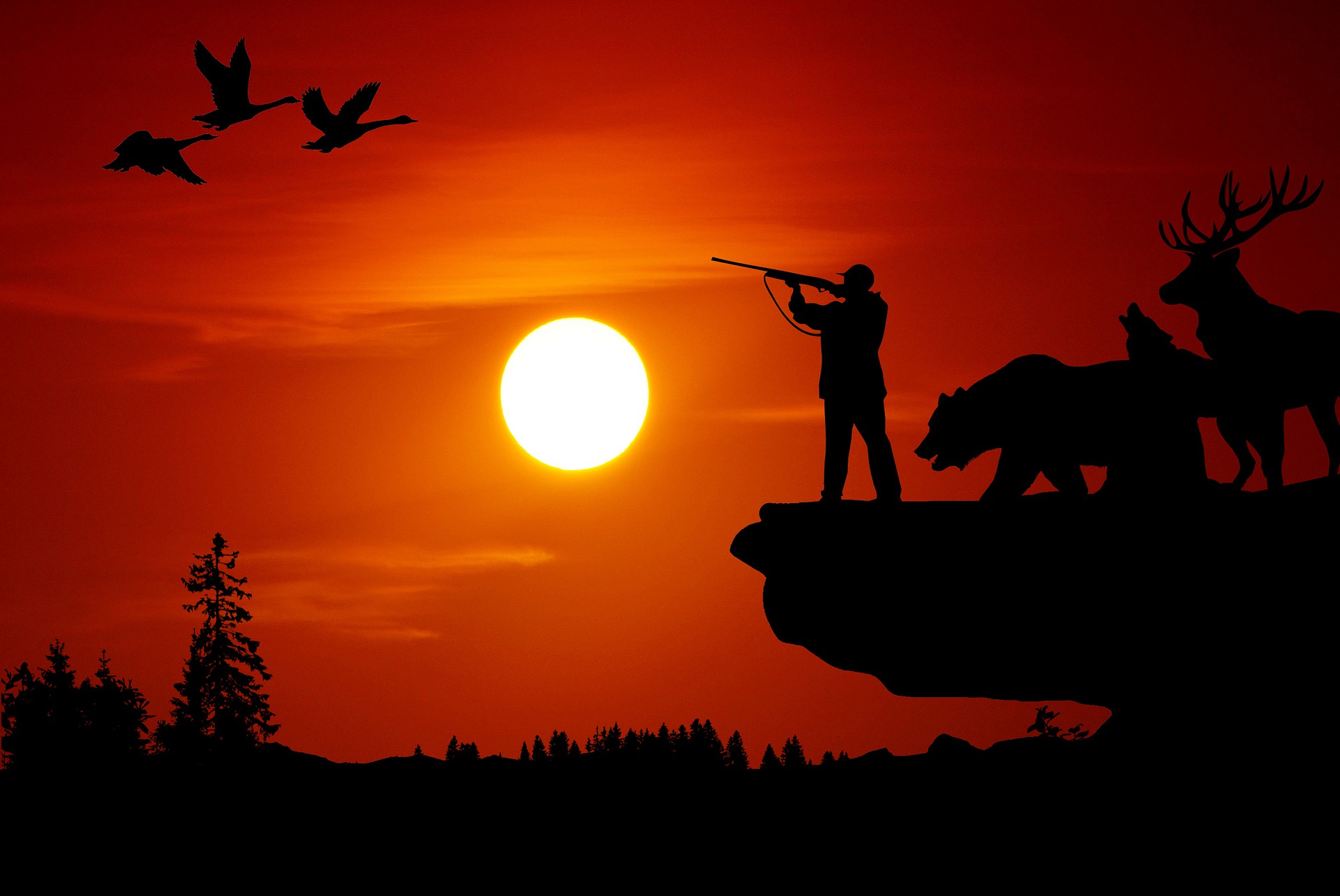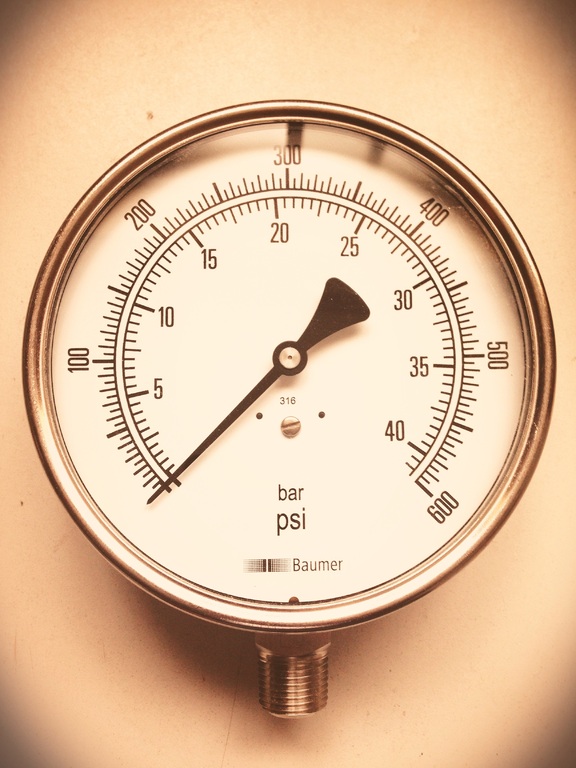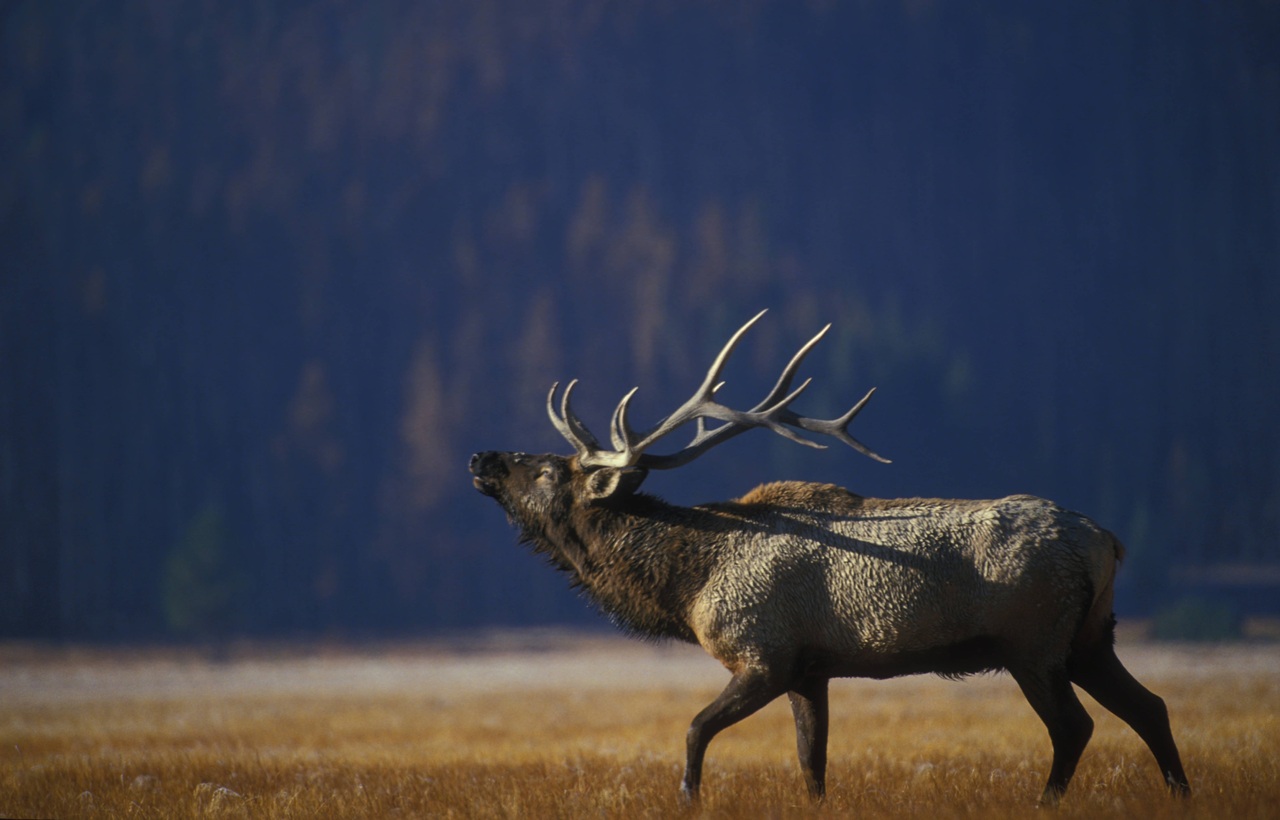Deer hunting and barometric pressure
Posted by Aj Koenes on Nov 11th 2022
Deer hunting and barometric pressure - How to use barometric pressure to your advantage while deer hunting

Deer hunting by Peter Schmidt licensed under Pixabay
When deer season starts, it’s natural to take note of the weather factors that you can easily see and sense: the cloud cover above, the wind on your face, the rain drops dripping from the brim of your cap. But it’s easy to forget about the most critical thing of all: barometric pressure.
This understanding of weather goes beyond just improving your hunting experience; deer hunting is more than just an exhilarating outdoor activity; it’s a cherished tradition that provides a wonderful opportunity to connect with friends and enhance business relationships. It can also be a fun way to bond with your groomsmen before the big day. Imagine your groomsmen, equipped with their groomsmen knives or rifles, sharing quiet moments and laughter in the serene outdoors.
These insights on climate and how it impacts deer movement will teach generations of hunters how they can better maximize their time afield, along with the precise temperament of this common game animal.
Barometric Pressure

To be precise, barometric pressure is the measurement of air pressure in the atmosphere, particularly the measurement of the weight exerted by air molecules at any given point. It changes constantly and is always different depending on where the reading is taking place. In any specific place, barometric pressure doesn't vary much, but it still has big implications for the weather.
Barometric pressure changes with the weather, or rather said, weather changes with changes in barometric pressure. Being capable of measuring and analyzing small adjustments in atmospheric pressure enables hunters to get a better idea of what days are best to be in the woods.
● Low-Pressure System
Low Pressure means a falling barometer. When the barometer decreases, the air molecules that are above the Earth’s surface are not as dense. In a low-pressure system, air rushes in from areas of higher pressure and pushes local air upwards causing it to cool down. This causes water to condense into clouds which results in weather changes such as clouds, rain, and snow.
● High-Pressure System
High Pressure means a rising barometer. This takes place when the air molecules above the surface of the Earth are more compact and dense. Pressure mostly rises after extreme weather conditions like a storm have just passed. In a high-pressure system, the air is pushed out causing the air above to settle down and replace it. This means the air is warmer and the weather is mostly clear with low humidity levels and more sun.
Measurement
Barometric pressure or atmospheric pressure is measured by a scientific instrument called a barometer. It works by balancing the weight of the atmosphere or the air pressure against the weight of a mercury column. Barometric pressure is measured in units of inches of mercury, pascals, hectopascals, millibars, psi, or standardized to the unit atmosphere. A standard air pressure reading is 29.92 inHg (also known as 1 atmosphere, 14.70 psi or 1013.25 millibars).
Barometric Pressure And Deer Movement

You may have experienced an escalation or a decline in deer movements while hunting and not know why that was. We have all had days, maybe weeks, where it was tough to come across any deer sightings. They might jump out of nowhere once in a while but unfortunately, they often disappear just as abruptly as they appear.
There are a total of six factors documented by behaviorists that seem to cause deer to move or stay on their bellies:
1. Weather
2. Hormones
3. Predators
4. Food
5. Herd sex ratios
6. Light (sun and moon)
Barometric pressure is probably the number 1 weather factor that affects the movements of deer. Whitetails are more prone to detecting when the barometric pressure is falling, even if the sky seems to appear clear. They can tell when weather conditions are changing and that can dramatically affect their habits.
Whitetails tend to be more active when the barometer is moving, either moving high or low. During this period, you'll notice periods of rainfall, snow, fog, or haze with high humidity. During the peak period, whitetails seem to become more secretive, hence, there will be little to no movement once the weather gets extreme.
As the weather front passes and the weather returns back to normal, the fog drops and the humidity gets lower, whitetails start to show movement again. When the barometer rises after the storm, the air temperatures seem to match the whitetails’ comfort zone and their activity increases dramatically.
Using Barometric Pressure To Pick Your Hunting Days
As previously discussed, pressure is a basic indicator. Use that to plan your hunting days and strategies, and make sure to always be in the stand at the most ideal times so you can focus more on hunting smarter, rather than hunting harder. Generally, you want to keep note of the rising and falling barometers because that indicates changes in the weather. If the pressure seems to be flat, it means the weather may be expected to hold which is not the most ideal condition for hunting.
The most optimal time to hunt is when the barometer is rising, between 30.00 to 30.40, immediately followed by a storm, as the activity seems to be the best on the first day of a high-pressure system. The days following the storm with the pressure at 29.8 and 30.00 will still be good but the activity seems to diminish as time goes by. When you see the barometer falling, you can expect some kind of front to appear, which can also be a great time to see some activity from deer. This is a great time to stay on the lookout over the feeding areas or the food plots as you can hunt trails when the deer head to their bedding areas.
Generally, deer seem to like a pressure that falls above 30.00 in. However, as the storm gets closer, the deer will take shelter and not move at all which means there will be little to no deer activity. To put it short, the best deer activity is likely to be found before a front is about to hit and right after it has passed.
As you keep studying the pressure over time, you will start to develop an understanding of where the pressure usually sits in your area. When it comes to targeting mature whitetails, it is not an easy feat. As hunters, the weather is the best thing to take advantage of to make sure the odds are stacked in our favor. Getting to know the barometric pressure is just one piece of the puzzle of deer hunting.
So if you love hunting, but you're tired of having to cancel due to bad weather, then getting a waterproof case is a must. It will allow you to hunt no matter what the conditions are like, and it will keep your equipment in good condition. No more worrying about your equipment rusting or getting damaged by the elements.
#Affiliation Disclosure: This post contains affiliate links. If you make a purchase, we may receive a commission. This won't affect your purchase price.
